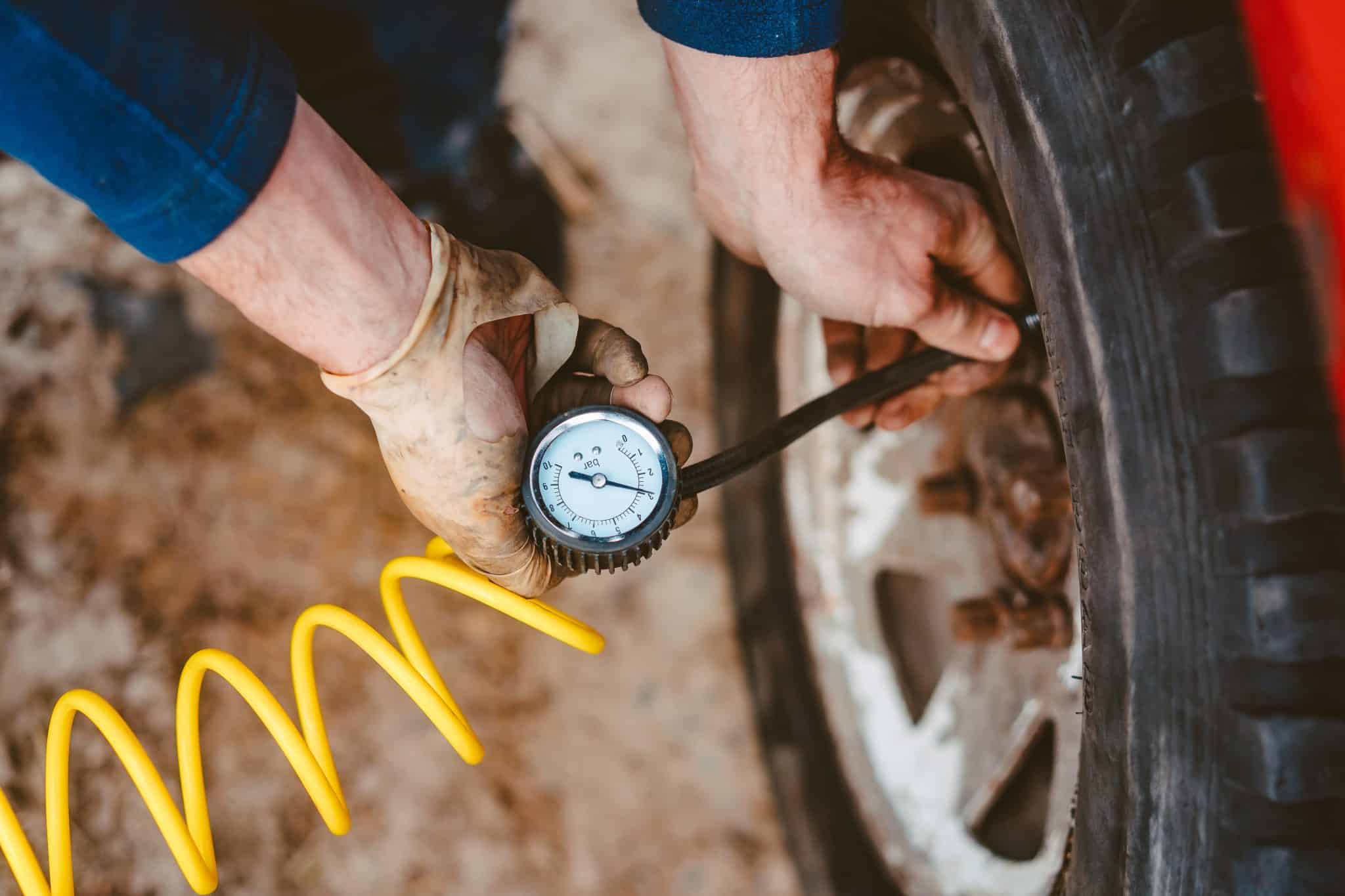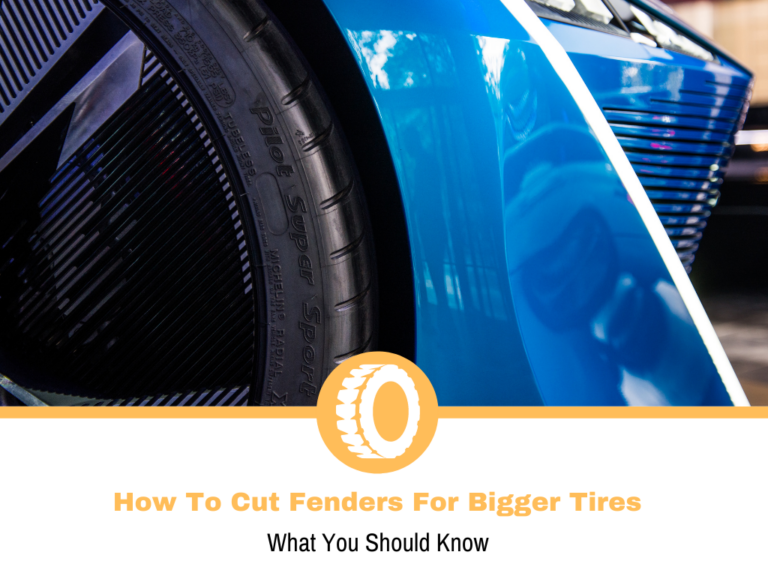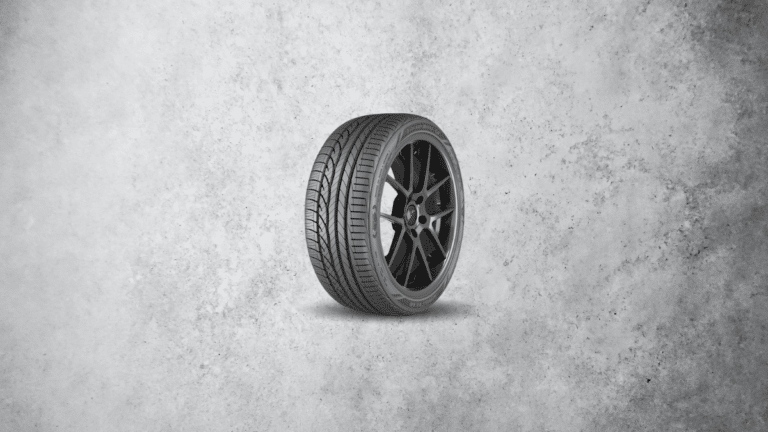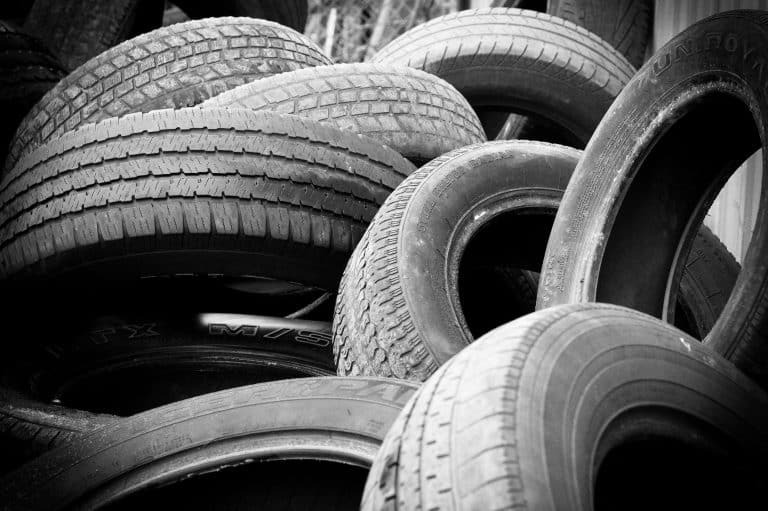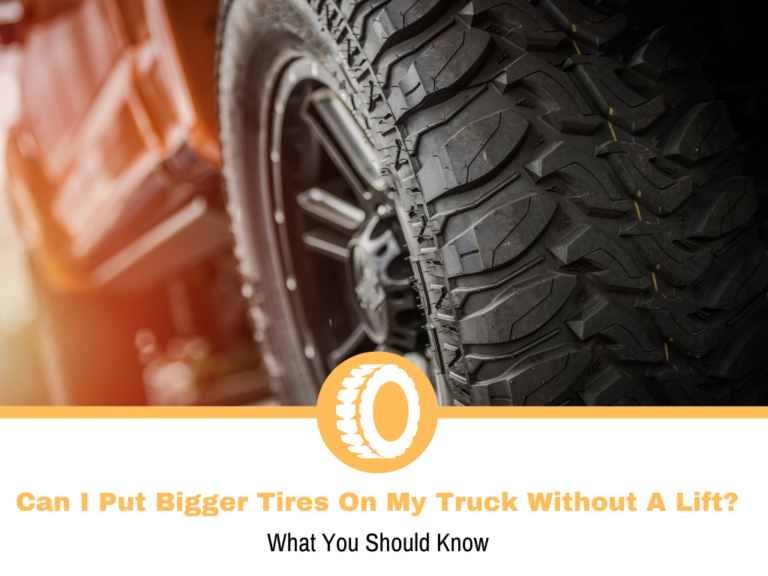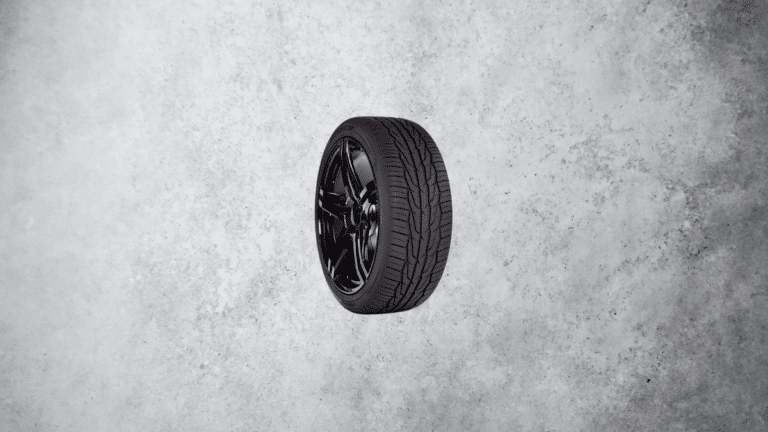How to Determine the Best PSI for Your Tires
Car maintenance is an important activity to ensure that your vehicle remains safe and performs optimally for as long as possible. Considering that the main topic we cover here is tires, that’s what I’ll be talking about today.
Proper tire maintenance is something every car owner should do to get the most out of the tires. They deliver the performance and keep you and your passengers safe, so it’s not something you should ignore.
There are multiple aspects when it comes to tire maintenance and among the most important ones is pressure. This gets ignored way too often, so in this guide, I’ll teach you how to determine the best pressure for your tires.
What is tire pressure?
The name is pretty self-explanatory, but let me give you a quick rundown. Tire pressure is the pressure at which the tires are inflated. During the mounting process, the tires sit on the wheel and a technician increases the pressure until the tire’s bead sits on the bead rests.
Before getting inflated, a tire is loose and there isn’t anything that will keep its intended shape. Putting an uninflated tire with the wheel on the ground will squish it. Increasing the pressure inside the tire will push its beads towards the bead rests on the wheel. At the optimal pressure, the tire will sit in a round shape, except for the part that’s in contact with the surface.
In the simplest terms, the internal pressure of the tire is what gives it its shape and the ability to deliver the necessary performance. The unit used for this application is PSI, like in most pressure-related situations.
Why is PSI important?
Tire manufacturers make their tires to withstand a variety of internal pressures. This is to ensure that a single model can be fitted to multiple cars that are designed for a specific size.
When a tire is inflated at a certain pressure, it will handle a specific amount of weight before the weight starts to compress the sidewall. This is the main reason why each car manufacturer specifies which pressure is the optimal one. It’s a balance between the shape of the part of the tire that’s in contact with the road and the internal pressure.
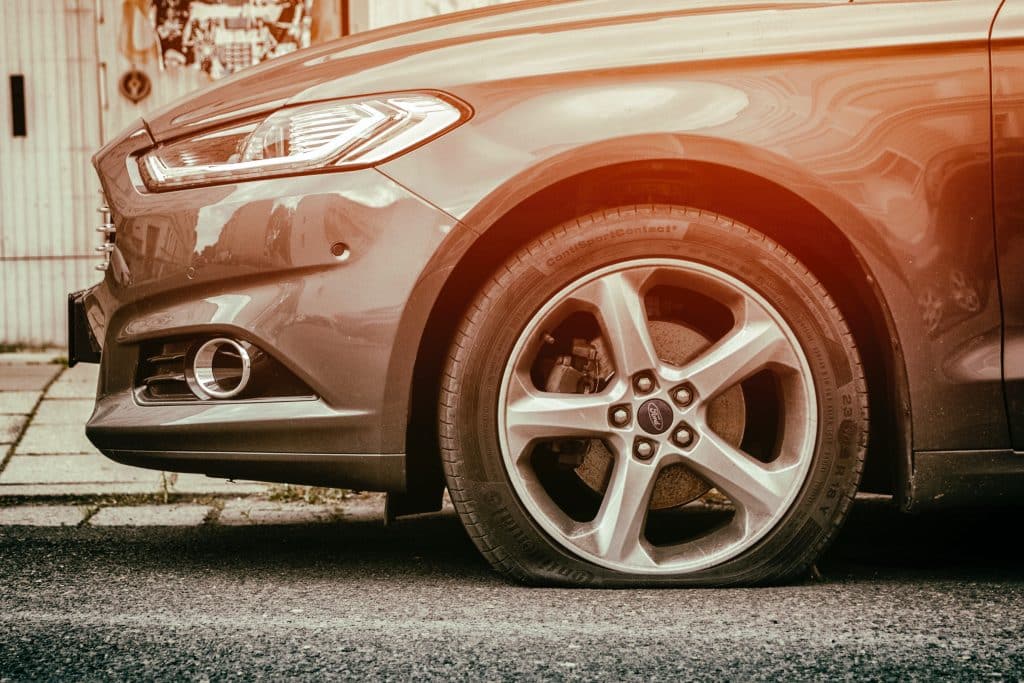
The number depends on the weight over the tire. If you go over the specified pressure, the contact patch can be reduced, meaning that you’re not getting the necessary performance. It’s a similar story if the pressure is below the required one. In both cases, you will risk damage to the tire in the form of uneven wear and reduced performance.
Getting the pressure just right is essential to get the most out of the tires. Sure, you can tweak it a little bit, but that’s in some situations which I’ll talk about later on in this guide.
How to determine the best PSI for your tires?
You probably figured this out by now, but the best PSI isn’t something you determine yourself. The manufacturer of your car has already done that for you, so all you need to do is follow the specifications and you’ll be good to go. There are several ways to do this, so let’s take a look at each one.
The most common and best approach is to look at the sticker on inside of the driver’s door. Each manufacturer outlines the correct PSI for your tires, but in some cases, you will find multiple values. This is because most cars come with different tire sizes, so the pressure won’t be the same for each. You’ll need to check the size before determining which is the optimal pressure.

If for some reason, the sticker isn’t there or is damaged, the second option is to check the user manual. Similar to the sticker, manufacturers include a user manual guide, outlining many aspects of the car, including maintenance. As part of the maintenance is also the correct pressure for your tires. Here, you will also need to have the tire size to determine the pressures.
Finally, if all else fails, you can ask the Internet. There are loads of websites with massive databases for information about the correct PSI for most models. There are some exceptions and some cars may not be covered, but in many cases, you won’t have any issues.
One thing I have to note before continuing with the next section is the speed. With some cars, for example, my IS250, Lexus has the sticker on the door outlining the correct pressures for my tires and it covers the multiple sizes that the car comes with. In addition to that, there is a difference in pressure depending on the speeds. In my case, for speeds below and over 100 mph, the PSI is slightly different.
When to check the PSI of your tires?
A common mistake many people make is when to check the tires. Driving for miles on a hot summer’s day to a gas station and checking the tires is a bad idea. As the tires roll they heat up, meaning that the internal pressure increases. When you reach the gas station, you’ll check the pressure and get a value higher than required, so you’ll deflate them.
In these situations, you’ll be driving with underinflated tires which will reduce the performance and increase the chances of uneven wear. This is why it’s very important to check the pressure when the tires are cold. Car manufacturers take temperature changes into consideration, so you won’t risk any damage in these situations.
You have several options to check the pressure correctly. A cold tire is one at ambient temperature, so the most ideal situation is to have a pressure gauge in your car. Check the tires first thing in the morning and you’ll get a correct reading.
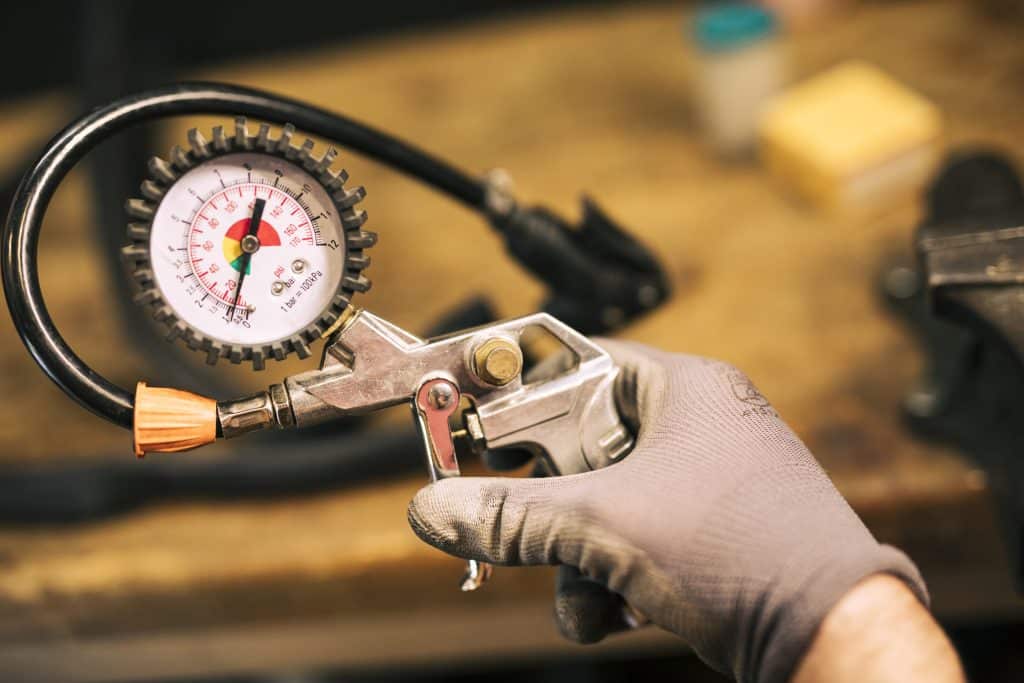
If you don’t have that and you need to go to a gas station, then it’s ideal to wait a while. Tires do a pretty good job of dissipating heat, so you can park your car, have a cup of coffee, and wait for them to cool down. Once they’re done, you can check the PSI and inflate them if necessary.
You can also go to a tire shop and have the same experience. Most technicians will advise you to wait a while for the tires to cool down before they check the pressure and adjust it to the optimal levels.
Reducing the PSI
Previously I mentioned that there are situations where you may want to reduce the pressure. With passenger tires, that’s not really a thing and you’ll see this with all-terrain or mud-terrain tires.
Whenever we talk about these kinds of tires, we mention dropping the pressure in rock-crawling situations. This is to increase the contact patch and get better performance. Unlike passenger tires, these are designed to handle lower pressures and you won’t risk extensive damage. With that said prolonged driving with low PSI on paved roads will lead to uneven wear.
Another reason some people reduce the pressure is for comfort. Some tires are stiffer at their optimal pressures, so I’ve seen people do this to make them softer. It’s not something you’ll see on many sedans, but large SUVs or light trucks may benefit a bit. Dropping the pressure a few PSI will soften the tire to a point where the sidewall will offer a smoother ride.
In these situations, it’s important to balance things out. Dropping the pressure too much can damage the internal construction or the tread.
Conclusion
Like every part of a car, the tires play an important role and a key element is the pressure. Driving with the correct PSI ensures that you get the most performance out of them without affecting the longevity.
Determining the correct PSI isn’t a complicated process. There are numerous ways in which you can identify the number and inflate or deflate the tires accordingly. Just make sure that whatever you do, the tires are cold so that you get the correct readout.
